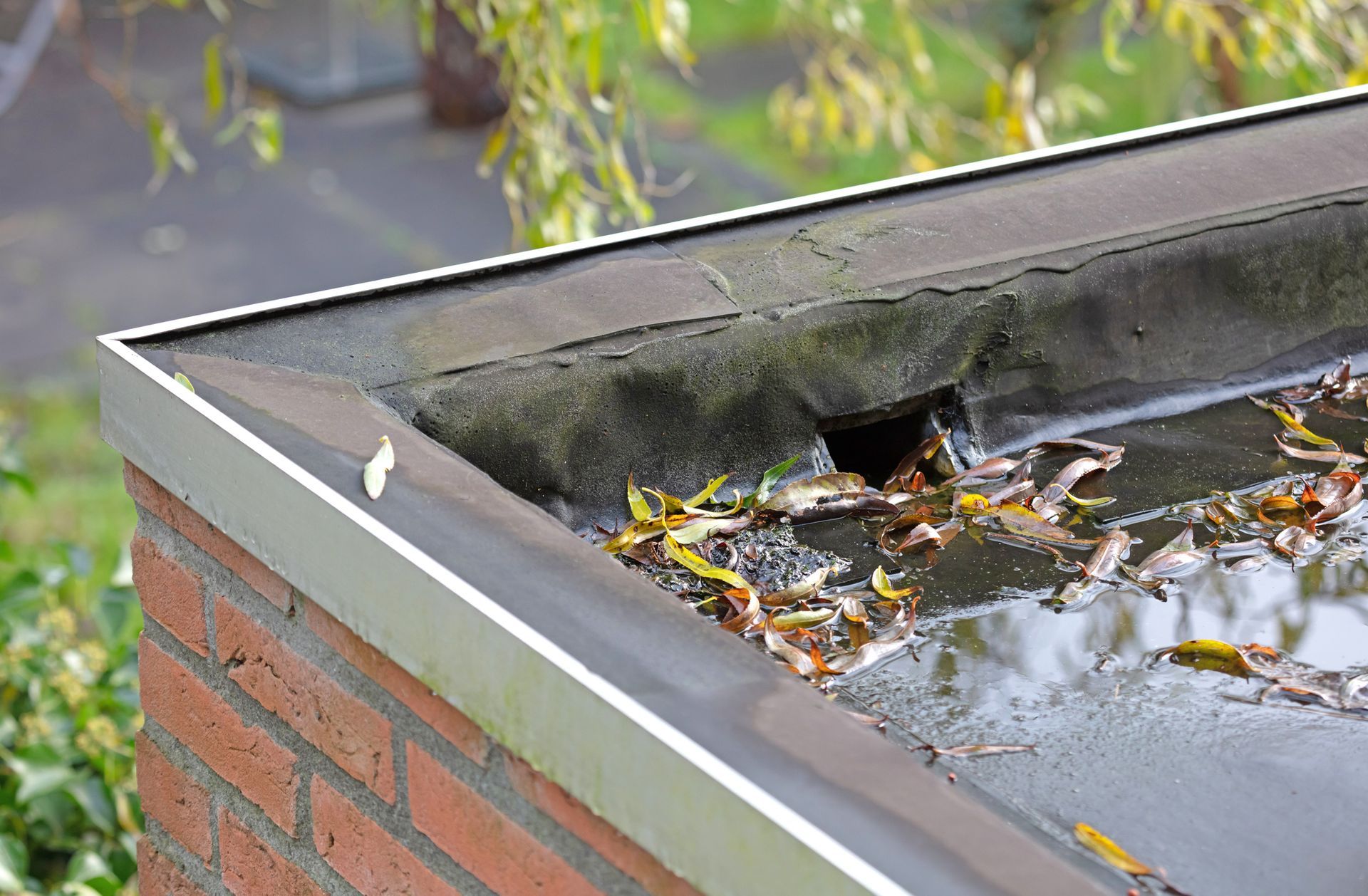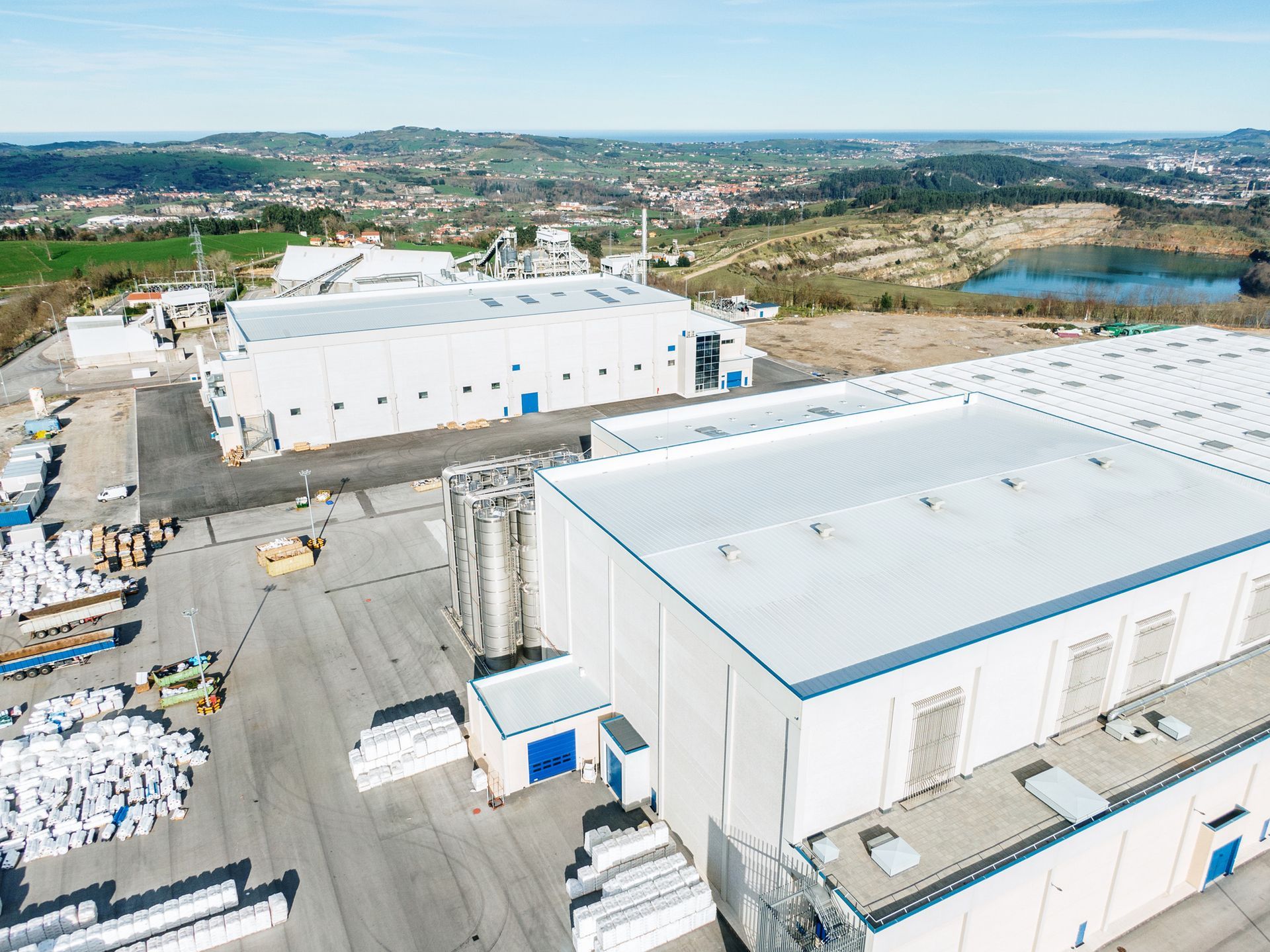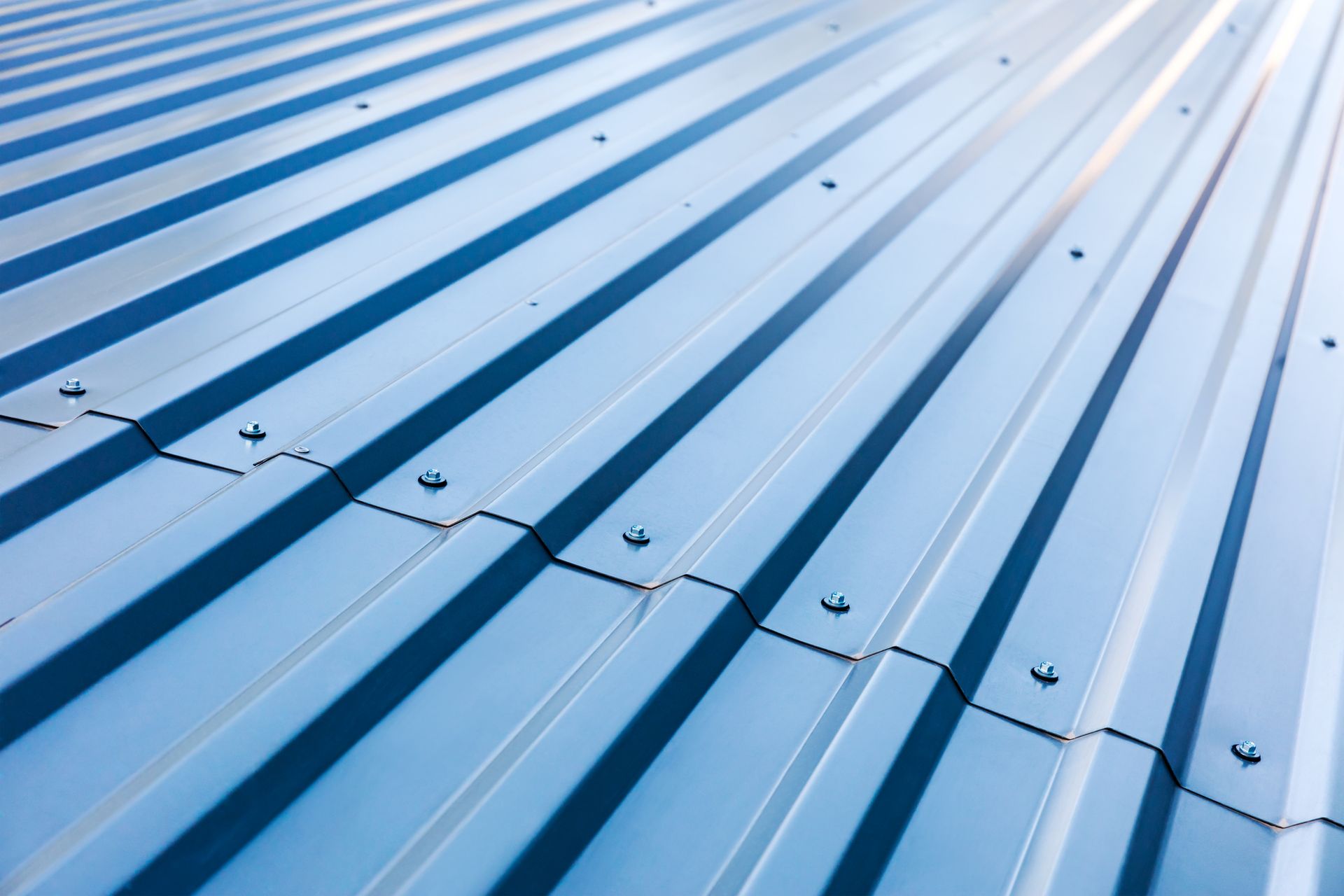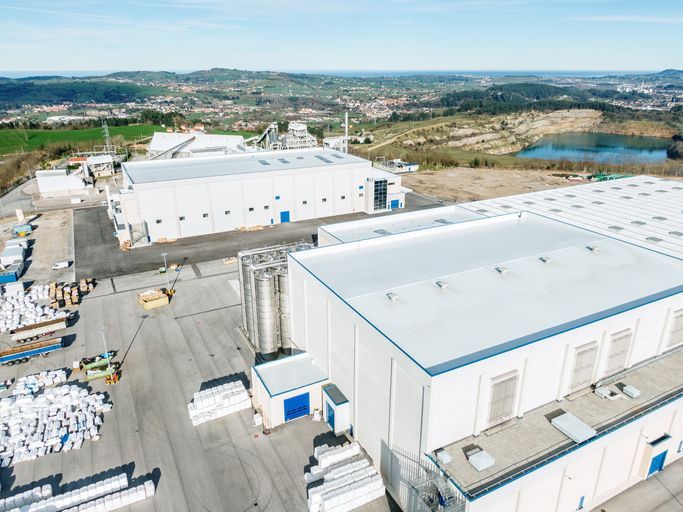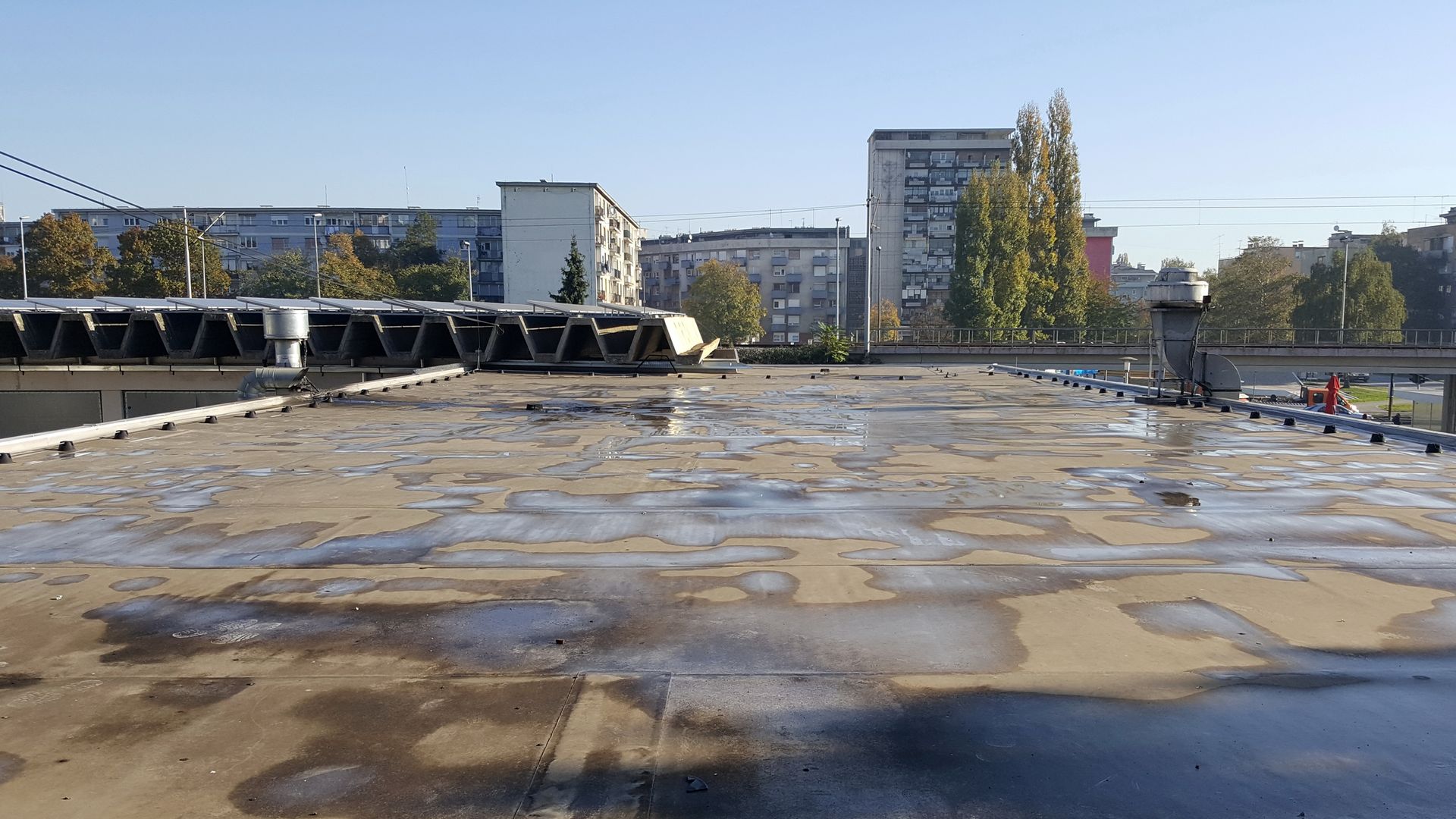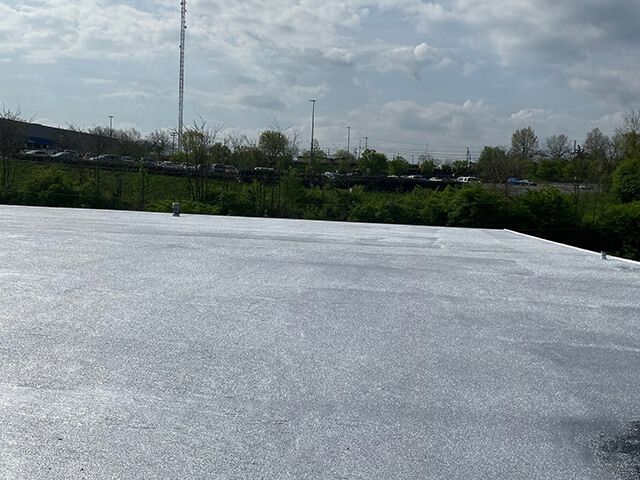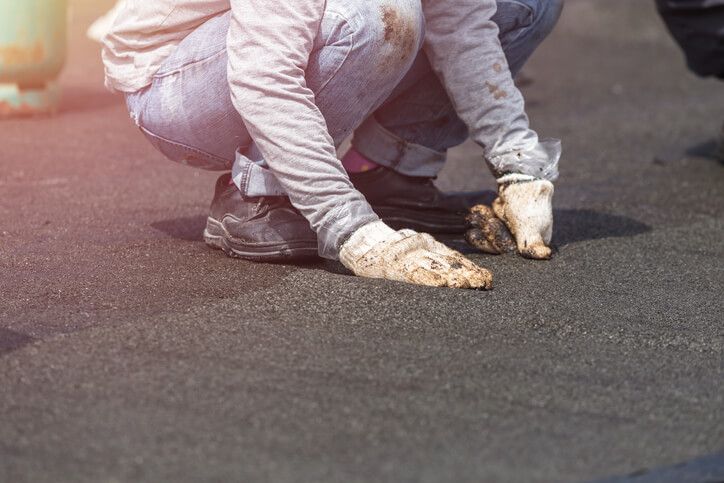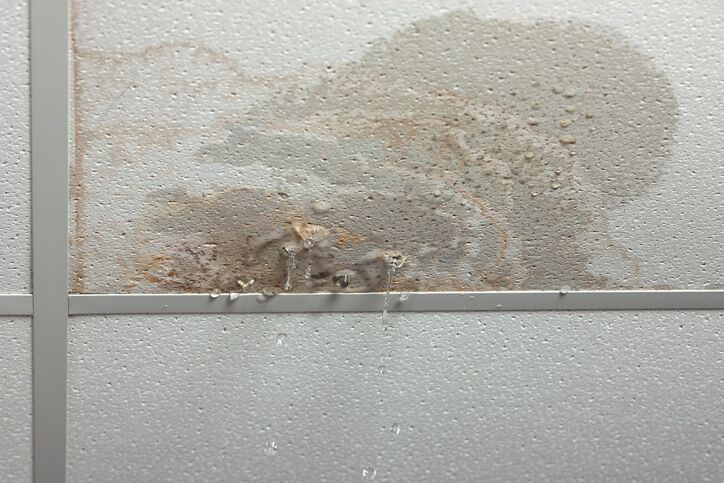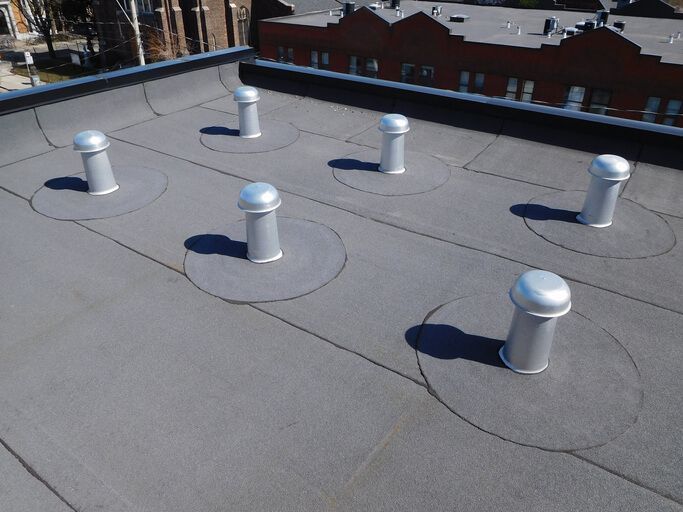What Should I Do for Roof Blisters?
As the weather changes, roof blisters can appear on your commercial flat roof. In some cases, roof blisters may not need immediate attention. If they are left untreated, they can lead to major issues such as saturated insulation and a damaged roof membrane.
Roof blisters can appear in all roofing systems, but those with membranes are more prone to blistering since the blisters are formed by the gaps between the membrane and the plies or between the substrate and the membrane.
What is a Roof Blister?
A roof blister signifies that water vapor is trying to escape from beneath the surface of your roof membrane. Roof blisters can be caused by a variety of issues such as:
- Excessive moisture
- Poor ventilation
- Poor roof installation
If you leave a roof blister untreated, it will grow larger as more moisture gets inside, which can lead to you requiring more extensive repairs or possible replacement to fix the issue. Much like a blister on your hand, you cannot pop a roof blister because it can lead to additional issues, like leaking with your roof. It is crucial to have a qualified commercial roofing expert address these concerns.
Having a maintenance contract with ACR1.COM will ensure that your roof is regularly inspected, and any damage or issues such as roof blisters are addressed before major damage occurs to your substrate or facility.
Professional, Expert Roofing Repair for Roof Blisters
Roof blisters that contain air are technically keeping moisture out of the substrate and could be left alone, but other roof blisters such as those in seams, high traffic areas, or those with breaks that can admit moisture will need to be repaired.
When searching for “roof repair near me,” be sure to choose the experts at ACR1.COM for experienced roof repair you can count on! Contact us today to learn more!

Author:
Floyd Mason
Born and raised in farming in Iowa
Worked in and around construction since 1977
BS in Corporate Finance and Financial & Estate Planning from Brigham Young University. Involved in Boy Scouts of America for more than 35 years, Scoutmaster 15 years Estimator, Project Manager, Sales Representative, Crew Leader, Laborer, Territory Manager, District Manager, Regional Manager, National Sales Manager,
ACR1.COM Sales & Marketing Manager since 2013.
